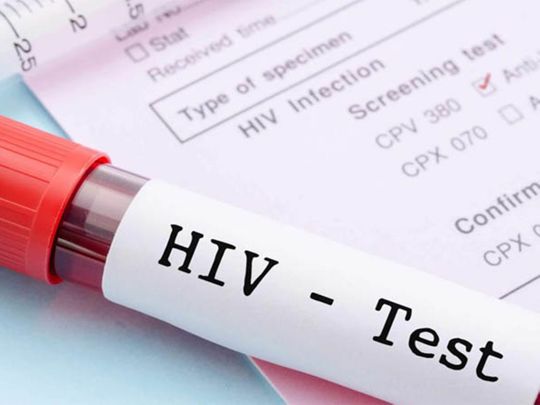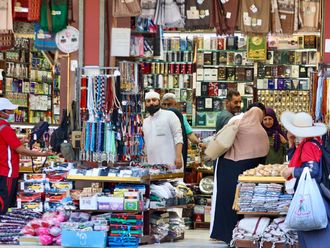
Manila: A Filipino lawmaker said authorities should look at the part played by dating apps in the rise in incidence of Aids-HIV in the Philippines.
“Interventions like sexuality education should sound the alarm on social media and dating apps’ role in the rise of the HIV epidemic,” Senator Sherwin Gatchalian said.
The lawmaker also added that based on studies conducted by the Joint United Nations Program on HIV and Aids (UNAIDS), computer and mobile phone dating platforms had made it easier to link up anonymous people for casual meetings.
Likewise, the same study, released as early as 2015, pointed out that these dating apps gave Asia’s teenagers expanded options for taking the meetings further by engaging in casual and spontaneous sex.
Among the popular dating apps are Hinge, Tinder, Grindr, OKCupid, Ship, Tastebuds, and Coffee Meets Bagel.
Gatchalian urged in particular the Department of Health (DOH), the Department of Education (DepEd), and the Commission on Higher Education (CHED) to strengthen interventions to protect Filipino youth from sexually-transmitted diseases.
In 2018, the Philippines started implementing its HIV and AIDS Policy Act (Republic Act 11166).
According to the Philippine Department of Health’s (DOH) Epidemiology Bureau, there has been a rise in the number of cases of Acquired Immune deficiency Syndrome (Aids) in the Philippines.
According to DOH Epidemiology Bureau, 36 new cases were recorded per day at the end of 2019. This is higher than 32 cases documented every day in 2018.
A 2019 report by the UNAIDS said that there are approximately 77,000 people living with HIV in the Philippines, more than 19,000 of which belong to the 15-24 age group.
The UNAIDS had also identified the Philippines as the country with the fastest growing number of HIV cases. Between 2010 and 2018, new HIV infections spiked from nearly 4,400 to more than 13,000 or 203 per cent. Among these new infections were men who have sex with men (MSMs) which accounted for 81 per cent. Only 27.9 per cent of these MSMs are covered by prevention programmes and 49.8 per cent use condoms as a preventive measure.
Gatchalian said that given that the youth are at the forefront of the battle against Aids/HIV, it is necessary to bring the fight to prevent the disease to the schools
“For us to defeat this HIV epidemic, we have to go to schools and maximise opportunities to engage young and vulnerable people. And we can’t just teach them what the solutions are, we have to provide them access on those interventions,” Gatchalian added.








